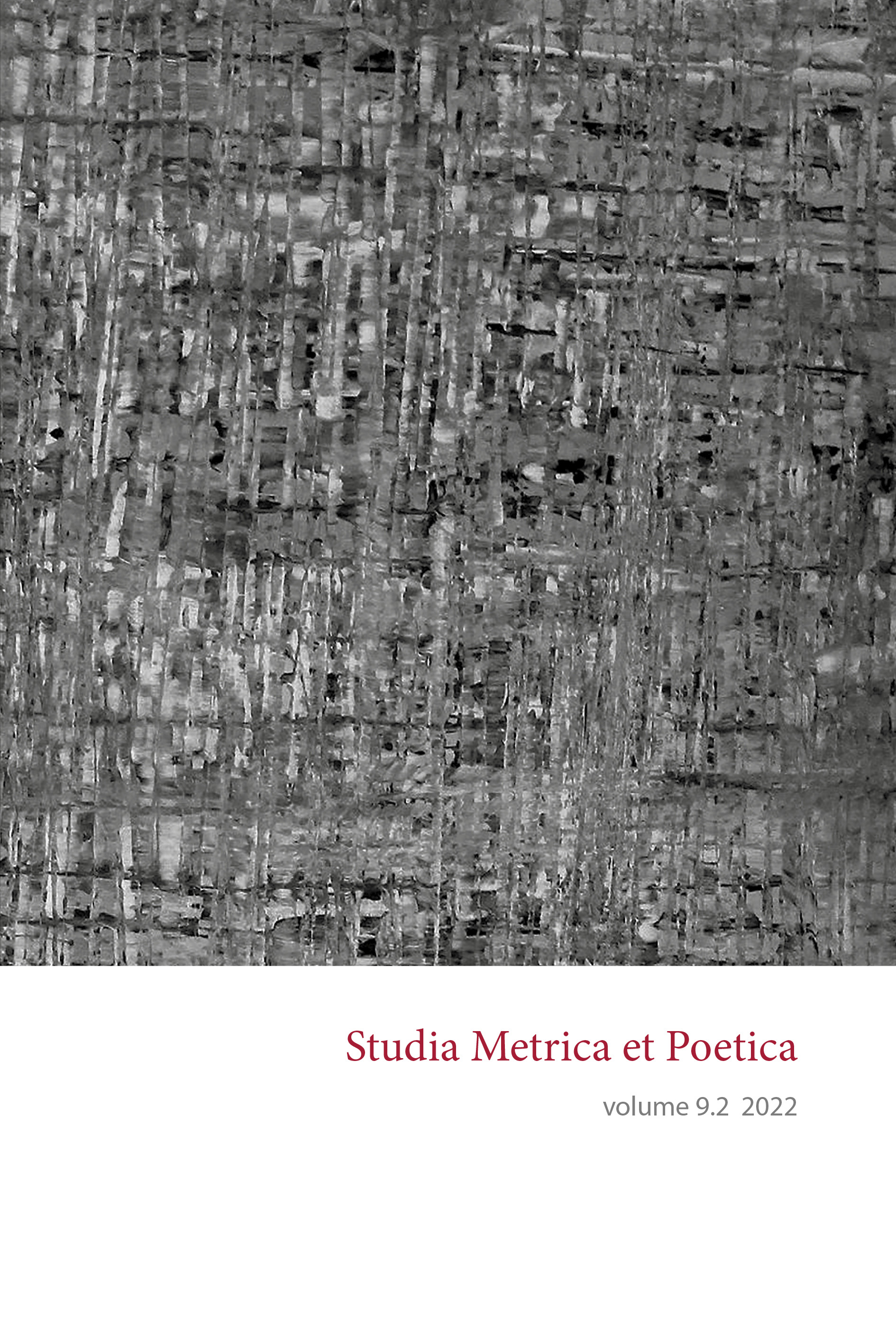Philip Larkin and the Stanza
DOI:
https://doi.org/10.12697/smp.2022.9.2.01Keywords:
Philip Larkin, English poetry, stanza, sonnet, rhyme, enjambementAbstract
Philip Larkin, one of England’s finest poets among the generation that came of age during World War II, maintained a strong interests in the formal features of verse throughout his career. This article marks the first comprehensive overview of his highly varied and frequently original use of one such feature, the stanza. A set of tables provides overall data about the relative frequency of different stanza lengths – in his four published poetry collections, in poems that he either published or planned to publish but did not appear in one of those collections, and in the unpublished verse. He turns out to have been a strikingly innovative master of stanza form. If many poets rely heavily on the quatrain as their favored stanza, Larkin makes that only one of several stanza lengths that he turns to regularly. More importantly, he composes stanzas in innovative and imaginative ways. His forty sonnets – only eight of which appeared in his four collections – reveal a variety of rhyme schemes and, occasionally, unusual placement of the breaks between portions of the sonnet. In other poems, the rhyme schemes are often irregular, making the rhyme scheme difficult to detect, particularly in those cases when he employs highly approximate rhyme. Much of his verse is also marked by frequent enjambement, even between stanzas. He occasionally links his stanzas and sometimes creates a rhyme scheme that has a different number of lines than the actual stanza length, resulting in markedly complex compositions. In all, Larkin regularly uses his stanzas to highlights key aspects of a poem’s meaning, while the intricacy of many stanza structures forces his readers to consider poems more intently.


